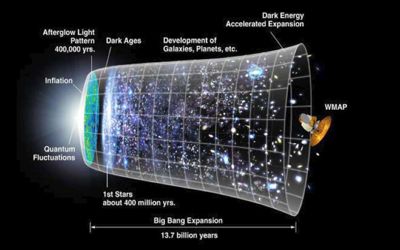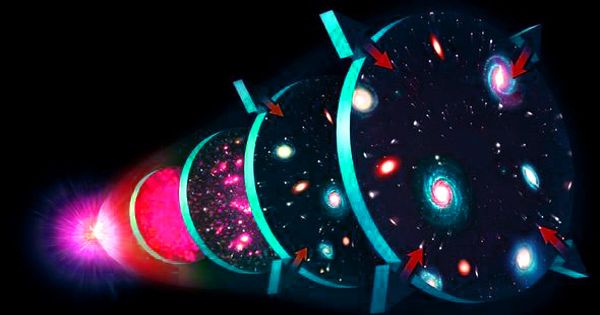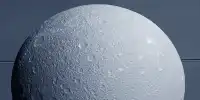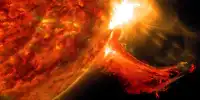The outer space is (almost) 14 billion years old, astronomers confirm. From an observatory high above the Atacama Desert in Chile, scientists have taken a new look at the oldest light in the universe. With obvious contradictions on the real age of the cosmos, physicists have taken a fresh look at the measurable (expanding) universe and are believed to be 13.77 billion years old (plus or minus 40 million years).
Astronomers obtained new evidence on the age of the Universe using the Atacama Cosmology Telescope (ACT) of the National Science Foundation (NSF) in Chile. Their findings, including a touch of celestial geometry, indicate that the universe is 13.77 billion years old—or 40 million years old. Cornell University professor has co-authored one of two articles on the observations, adding a fresh twist to the current controversy in the astrophysics world.
Astronomers have worked to create new insight into how old this universe is. These researchers used a mix of data from several telescopes in Chile to understand how quickly the universe has expanded, by tracking how old the last surviving light is.
Chile has an outstanding climate for astronomers – dry air and clear skies, which attracted some of the most powerful telescopes in the world to live there. 330 nights of the year are bright in the Atacama Desert. It may be therapeutic to think that humanity has survived a number of infectious diseases and that the physical universe has survived all known pain and loss on Earth.
In order to settle the score, the international team of astronomers led by Cornell University used data from the Atacama Cosmology Telescope (ACT) National Science Foundation in Chile and “cosmic geometry” to end the debate, Cornell officials said in a statement. Their estimation of (approximately) 13.77 billion years loosely compares to the Planck Collaboration estimate.

The latest calculation, based on data obtained by the Atacama Cosmology Telescope (ACT) National Science Foundation, compares to that given by the regular universe model, as well as the observations of the same light made by the Planck satellite of the European Space Agency, which estimated the remains of the Big Bang from 2009 to ’13.
The research was published in the Journal of Cosmology and Astroparticle Physics.
Steve Choi, NSF Astronomy and Astrophysics Postdoctoral Fellow at the Cornell Centre for Astrophysics and Planetary Science, is the lead author of “The Atacama Cosmology Telescope: A Measurement of the Cosmic Microwave Background Power Spectra at 98 and 150 GHz”
In 2019, a research team analyzing the orbits of galaxies estimated that the universe was hundreds of millions of years younger than the Planck team expected. The disparity indicated that a new universe model could be required and posed fears that one of the calculation sets might be inaccurate.
“Now we’ve come up with an answer where Planck and ACT agree,” said Simone Aiola, a researcher at the Flatiron Institute’s Center for Computational Astrophysics and first author of one of two papers. “It speaks to the fact that these difficult measurements are reliable.”
If ACT proceeds to make discoveries, observers will have an even better view of the CMB and a more precise picture of how long the universe started. The ACT team will also analyze these findings for indicators of physics that do not match the traditional cosmological model. Such strange physics could overcome the difference between the estimates of age and the expansion rate of the universe resulting from the observations of the CMB and the motion of the galaxies.















